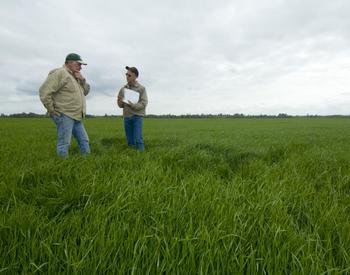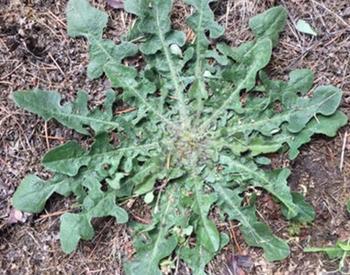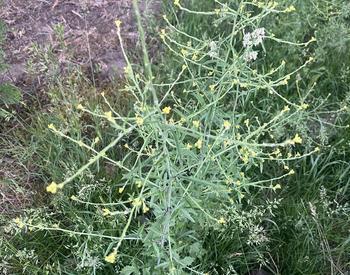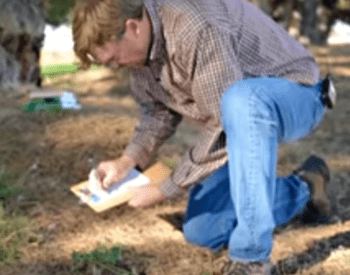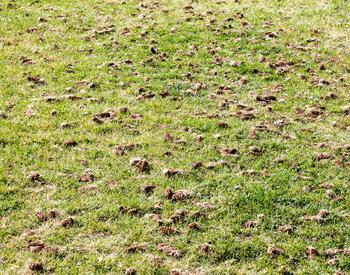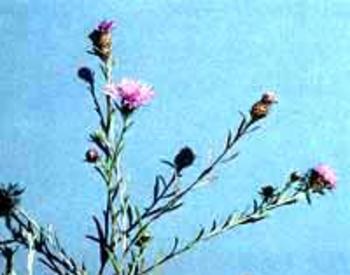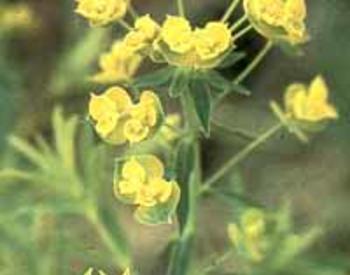Is there a solution I can spray on dandelions instead of pulling them up? Not Roundup.... does vinegar, dawn soap and Epson salts work? Or is there a better one?
Dandelion plants are difficult to kill because of the long (6-18 inches long) tap root, small pieces of which can grow again. Dandelions are perennial weeds, living several years. They lose their leaves in the fall, then grow again in the spring.
The best time to control them is in the fall when dandelions are transferring sugars from the leaves down into the roots for winter storage. At this time herbicides will also get taken down into the roots to help kill the dandelion. Triclopyr (brush killer) is effective against dandelions, and does not kill grasses. Be sure and carefully read the instructions on the herbicide container for proper dilution, safety and application rates.
Household vinegar is not strong enough to kill dandelions. Household vinegar is only 5% acetic acid. Horticultural vinegar which is used to kill weeds is 20% acetic acid. That's a very strong acid and can cause significant injury to you. Using horticultural vinegar requires gloves, long sleeves and pants and a mask so you don't get it in your eyes. The other problem with vinegar is that it kills the leaves, but the tap root remains, so the dandelion comes back.
Dawn detergent won't affect the dandelion, and epsom salts are magnesium sulfate. If your soil is deficient in magnesium epsom salts can provide it, acting like a fertilizer.
How to control dandelions without herbicides
- Pull the dandelion when the soil is soft and moist and much of the tap root can be removed. You can also cut off the dandelion 4-5 inches below the surface.
- Spread wood chips or shredded bark as a mulch at least 3 inches deep over the area to prevent light from reaching the leaves. Leaves need light to function, so blocking light will eventually starve out the weed.
- Cut off dandelion flowers to prevent them going to seed and spreading the weeds further.
Use pesticides safely!
- Wear protective clothing and safety devices as recommended on the label. Bathe or shower after each use.
- Read the pesticide label—even if you’ve used the pesticide before. Follow closely the instructions on the label (and any other directions you have).
- Be cautious when you apply pesticides. Know your legal responsibility as a pesticide applicator. You may be liable for injury or damage resulting from pesticide use.

